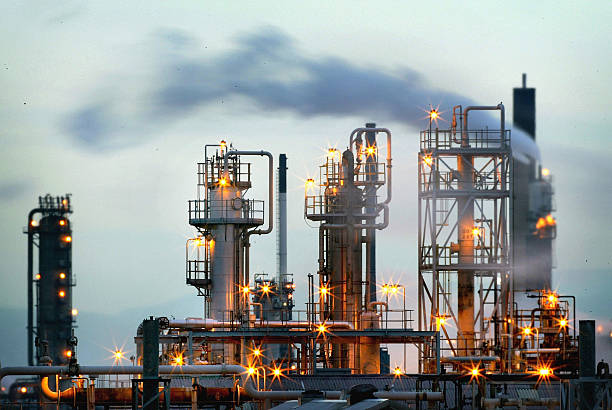WTI hovers around $71.50, on course for a weekly gain of over 3%

- WTI price positions for a weekly gain of more than 3% after the Fed’s rate cut.
- Markets expect the incoming Trump administration to tighten sanctions on Iran and Venezuela, potentially reducing the Oil supply.
- Crude supply disruptions continue as Oil production in the US Gulf of Mexico remains shut down due to Hurricane Rafael.
West Texas Intermediate (WTI) Oil price steadies around $71.50 per barrel during the Asian session on Friday, positioning for a weekly gain of over 3%. This rise in crude Oil prices may be attributed to investors assessing the potential impact of the Federal Reserve's recent rate cut and the upcoming policies of the Donald Trump administration on Oil supply dynamics.
The Federal Open Market Committee (FOMC) lowered its benchmark overnight borrowing rate by 25 basis points (bps) to a target range of 4.50%-4.75% at its November meeting on Thursday. Lower Oil prices would support the economic activities in the United States (US), the largest Oil consumer, and may positively impact the Oil demand.
Federal Reserve Chair Jerome Powell indicated that the central bank is proceeding with interest rate cuts, given the ongoing tightness of monetary policy. Powell emphasized that the Fed will continue to assess economic data to decide on the "pace and destination" of future rate changes, highlighting that inflation has been gradually slowing toward the Fed's 2% target.
According to a Reuters report, Andrew Lipow, President of Lipow Oil Associates, noted that Oil prices have been buoyed by expectations that the incoming Trump administration may tighten sanctions on Iran and Venezuela, potentially reducing Oil supply. "The market is now looking into what Donald Trump's policies might be, and it's reacting to that prospect," Lipow stated.
In addition, supply disruptions continue in the US Gulf of Mexico due to Hurricane Rafael, which has led operators to scale back Oil and gas production. The US Bureau of Safety and Environmental Enforcement reported on Thursday that over 22% of crude Oil production and 9% of natural gas output in the region were shut down in response to the hurricane.
On the other hand, Oil prices may face downward pressure from data indicating that China’s crude Oil imports dropped 9% in October, marking the sixth consecutive month of year-on-year decline. However, investors are hopeful about potential stimulus measures from China as the National People’s Congress Standing Committee concluded its five-day meeting. Since China is the world’s largest Oil importer, any favorable policies could help boost demand for crude.








